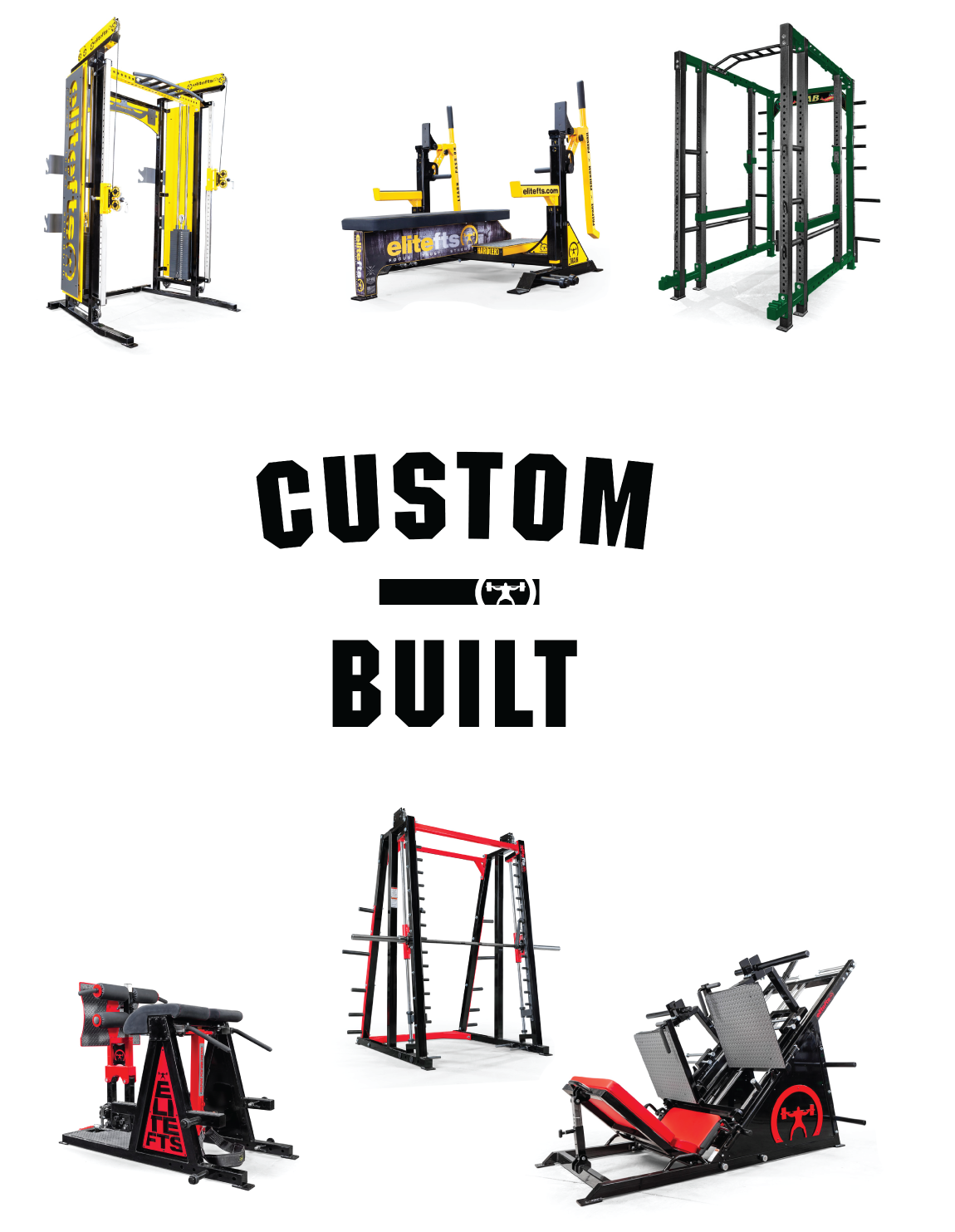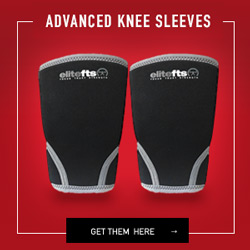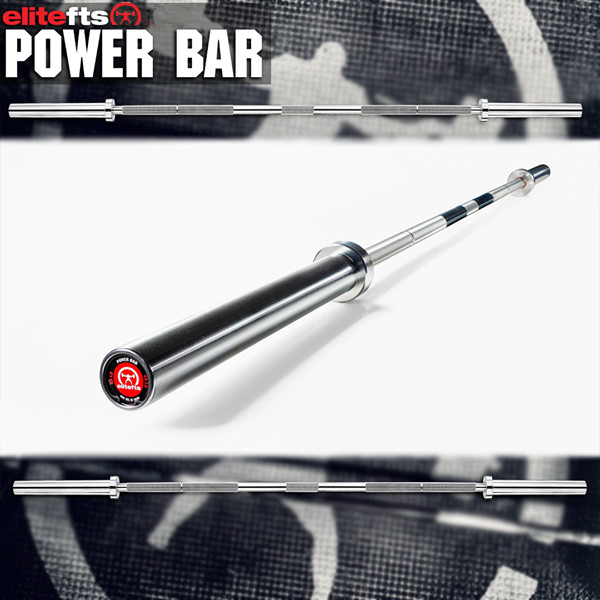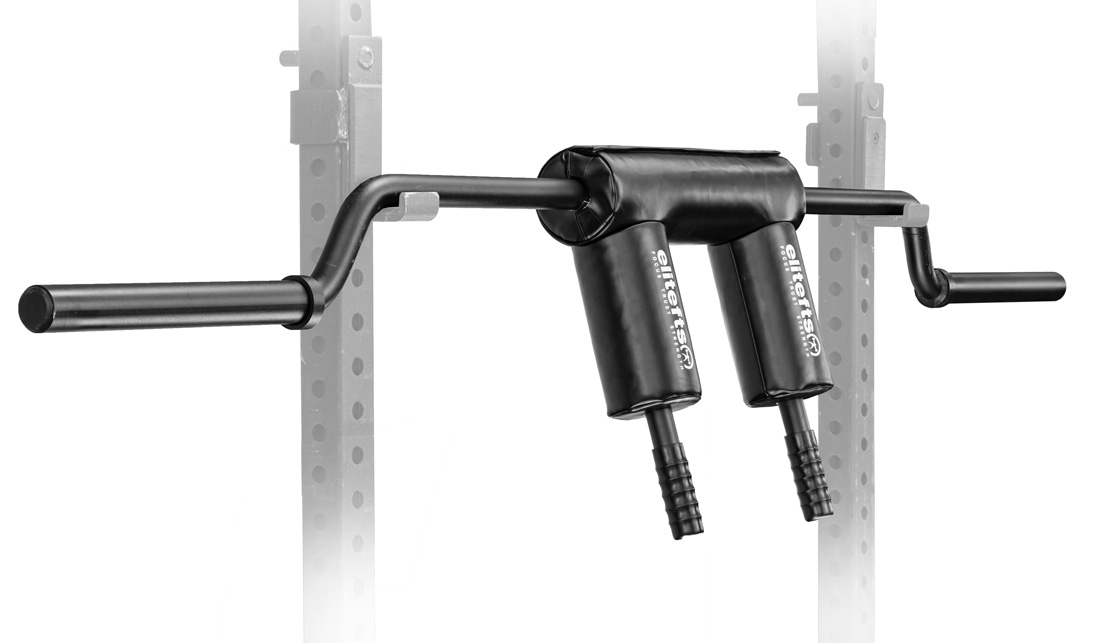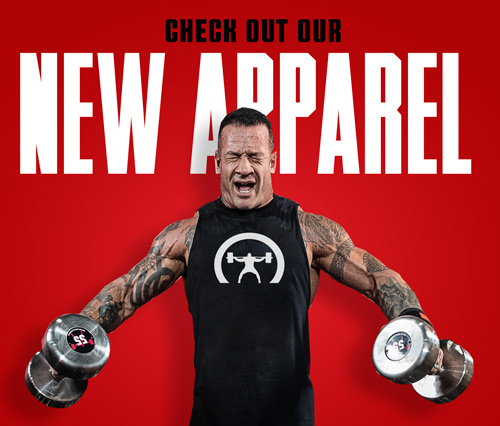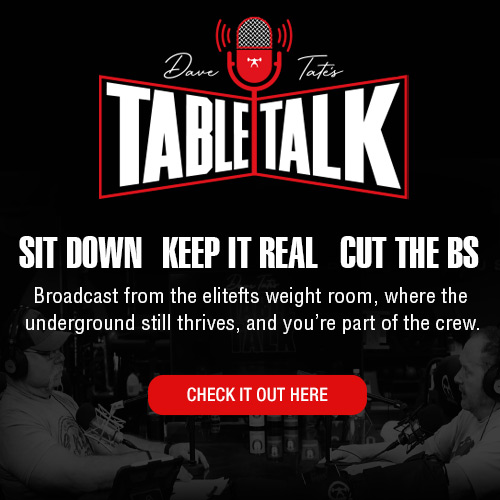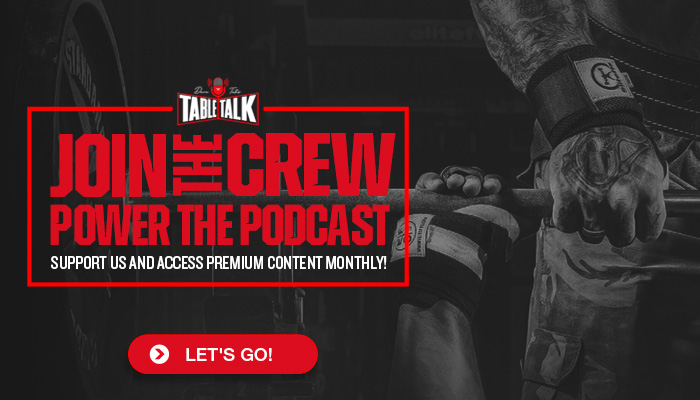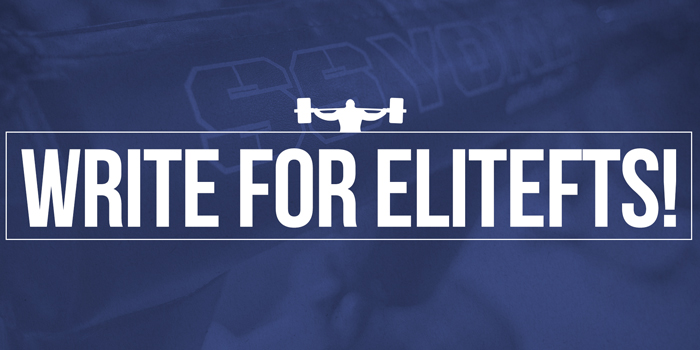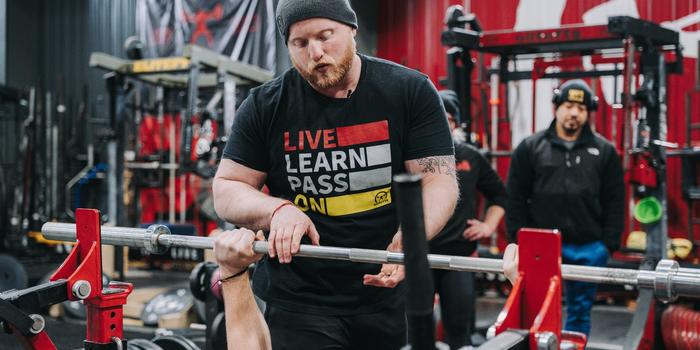
Medical Disclaimer
This article contains general information about training methods and physical conditioning. It is not intended to replace professional medical advice, diagnosis, or treatment. Always consult with a qualified healthcare provider before starting any new exercise program, especially if you have any medical conditions or injuries.
Over the past 50 years—since stepping into my first weight room in 1976—I’ve been guilty of what I call Program Promiscuity. I’ve bounced between routines, always chasing what might work better, often without giving a program enough time to reveal its true benefits.
As Louie Simmons once said:
“Everything works, but nothing works forever.”
But that doesn't mean you don’t need to give each approach a real chance to see if it’s right for you.
Lessons From the Iron Game
I started with classic, heavy, basic training:
Add weight when you complete the required reps and sets with good technique.
Then, like many, I was lured into Nautilus’s “one set to failure” approach in the late ’70s while working at a Nautilus gym. From there, I discovered Bill Starr’s The Strongest Shall Survive and jumped on the 5x5 Gain Train—later learning that it was a favorite of Arnold, passed down from Reg Park.
Publications like Iron Man and Powerlifting USA introduced me to new programs regularly. Some worked. Some didn’t. But I kept learning, because every FAIL is just a First Attempt In Learning.
No Perfect Program, Just Better Fits
There’s no one-size-fits-all. What I’ve come to believe is this:
“Strength underpins all other biomotor qualities.”
—Stone, Schmidtbleicher, Garhammer (and dozens of other experts)
Bottom line:
You can’t go wrong with STRONG.
I now favor the Conjugate system, customizing plans based on an athlete’s individual needs and insights from the entire performance staff. Training typically targets one or more of the following:
- Neural – Speed & Power
- Mechanical – Size & Strength
- Metabolic – Fitness & Muscular Endurance
Training for Strength (Mechanical Focus)
Key Focus: Intensity
Cycle Length: 3 Weeks
Cycle Options:
- Week 1: 4x6 (3 + 3)
Week 2: 4x4 (2 + 2)
Week 3: 4x2 (1 + 1) - OR:
Week 1: 5x5
Week 2: 2x5, 3x3
Week 3: 5, 4, 3, 2, 1 - OR:
Week 1: 2x(6, 5, 4)
Week 2: 2x(5, 4, 3)
Week 3: 2x(4, 3, 2)
Best Formats:
Straight sets, cluster sets, wave loading, barbell & specialty bars, full-body or split training
Sample Full Body:
Low Box Squat, Safety Bar Good Morning, Swiss Bar Bench Press, Pendlay Row + Loaded Carry
LB Split:
Front Squat, Romanian Deadlift, Glute Ham Raise, Farmer’s Walk
UB Split:
Bench Press, Bent-Over Row, Military Press, Chin-ups
Training for Hypertrophy (Mechanical Focus)
Key Focus: Volume
Cycle Length: 3 Weeks
Cycle Options:
- Week 1: 12, 10, 8, 8
Week 2: 10, 8, 6, 6
Week 3: 8, 6, 4, 4 - OR:
Week 1: 5x8
Week 2: 4x8–12
Week 3: 5x10 - OR:
Week 1: 2x(12, 10, 8)
Week 2: 2x(10, 8, 6)
Week 3: 2x(8, 6, 4)
Best Formats:
Push/pull supersets, unilateral work, machines, cables, dumbbells, kettlebells, bodyweight, splits
LB Split Example:
Belt Squat s/s Reverse Hyper®, Bulgarian Split Squat s/s Landmine RDL, Trap Bar Carry
UB Split Example:
Z Press s/s Pulldown, Incline DB Press (Triple Drop) s/s Incline DB Row, Chest Press s/s DB Row
Training for Power (Neural Focus)
Key Focus: Explosiveness
Cycle Length: 3 Weeks
Cycle Options:
- Week 1: 3x5
Week 2: 4x4
Week 3: 5x3 - OR:
Week 1: 4x(3 + 3)
Week 2: 4x(2 + 2 + 2)
Week 3: 4x(3 + 2 + 1)
Best Formats:
Straight sets, circuits, contrast supersets, cluster sets, bars, KBs, DBs, plyos, bands, chains
Beginner:
Snatch Grip Pulls, Push Press, Band Box Squat
Intermediate:
Power Clean s/s MB Throw, Band Bench s/s Clap Push-up, Jump Squat s/s Box Jump
Advanced:
Dynamic Effort (Westside), French Contrast Method
Training for Endurance (Metabolic Focus)
Key Focus: Continuity
Cycle Length: Variable
Best Formats:
Circuits, med balls, bodyweight, loaded carries
Example Workout – Beastly Circuit:
Deadlift, Hang Clean, Push Press, Front Squat, Bent Row, RDL (6x6) with loaded carries between rounds
The CARE Program (Core Accessory Rehab Exercise)
Key Focus: Isolation & Injury Prevention
Cycle Length: 3 Weeks
Cycle Options:
- Week 1: 2x12
Week 2: 2x10
Week 3: 2x8 - OR:
Week 1: 2x12
Week 2: 3x10
Week 3: 4x8
Best Formats:
Cables, bands, machines, KBs, DBs, bodyweight
Should be programmed at the start or end of each session and tailored to the athlete’s specific needs.
UB Examples:
Neck: Band Rotations
Rotator Cuff: DB Scarecrows
Scapular: Face Pulls
Grip: Grippers
Elbows: Hammer Curls s/s DB Tate Press
Shoulders: 3-Way Cable Raise
Core: Rollouts
LB Examples:
Hip Flexors: Seated Leg Lifts
Groin: Copenhagen Planks
Knees: Cyclist Squats
Hamstrings: Slider Curls
Hips: Banded Clams
Ankles: Seated Calf Raise
Core: One-Arm Deadlift
Shins: Tib Raises
Final Words
It’s impossible to list everyone who has influenced me, but I am deeply thankful to these legends, mentors, peers, and athletes. You know who you are. This is just one strength coach’s view, but if you ask 20 of us what works best, you’ll probably get 20 different—but similarly grounded—answers.
Ashley Jones has worked in three professional sports across 30 years and four continents. He was awarded the NSCA's Professional Coach of the Year in 2016. Ashley holds his CSCS (Certified Strength and Conditioning Specialist) since 1988. Ashley is an honorary lecturer in the School of Therapeutic Sciences, University of Witwatersrand, Johannesburg, SA.



